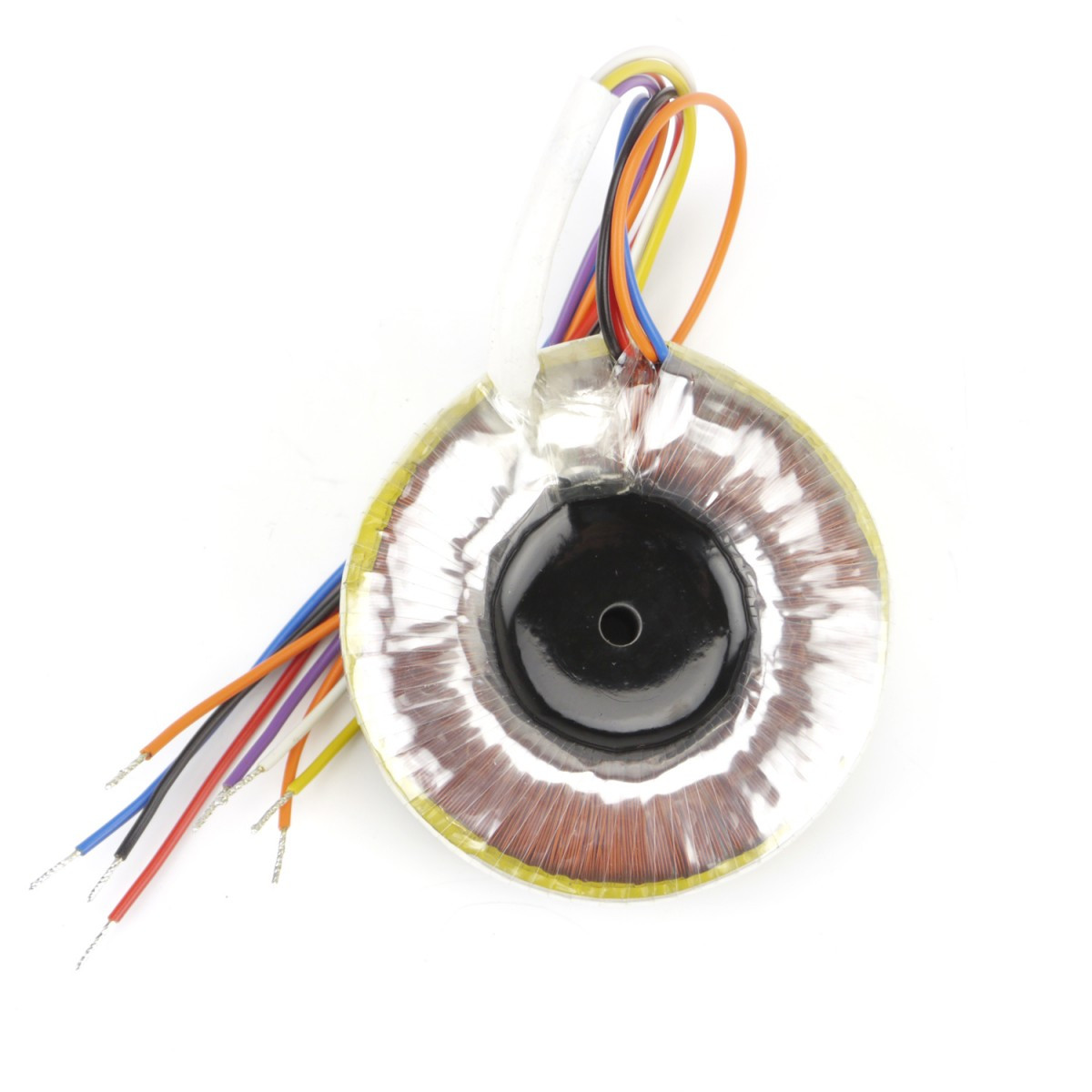ruffrecords
Well-known member
I see no resaon why it should not all fit inside a 2U by 250mm deep enclosure. You can mount the tubes horizontally on ready mad brackets such as these:
http://www.ebay.co.uk/itm/Tube-Amps-Mounting-Bracket-W-Vacuum-Tube-Socket-Base-For-Marantz-7-McIntosh-C22-/131680703255?hash=item1ea8c81317:g:m9QAAOSwk1JWc88W
Cheers
Ian
http://www.ebay.co.uk/itm/Tube-Amps-Mounting-Bracket-W-Vacuum-Tube-Socket-Base-For-Marantz-7-McIntosh-C22-/131680703255?hash=item1ea8c81317:g:m9QAAOSwk1JWc88W
Cheers
Ian










